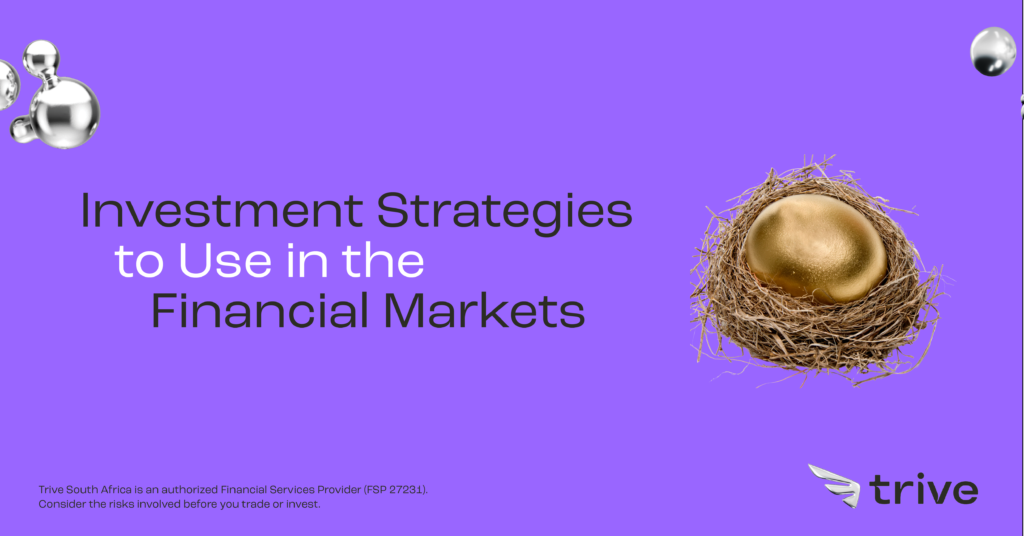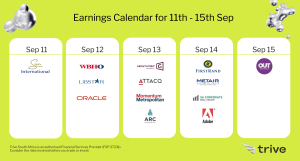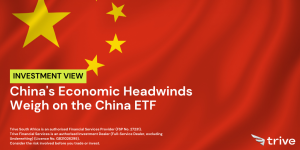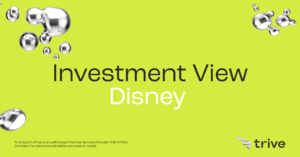
There are countless investment strategies that investors can implement in the financial markets which have proven to boost an investor’s portfolio. However, selecting the right investment strategy at the right time requires investors to always keep their fingers on the pulse of the world’s political and macroeconomic data.
Let’s look at five popular investment strategies:
Growth Investing
Growth investing returned to the spotlight recently as the FAANG revolution took hold of everyone’s imagination and placed technology stocks and growth on every investor’s radar.
Growth investors look for shares that have already demonstrated much better than average growth across fundamental metrics such as earnings and revenue and will continue to do so.
Growth shares are typically overvalued, with above-average P/E ratios, and could pay low or even no dividends. These are usually companies that are the front runners in their respective industries, as we have seen in recent years with the explosion of tech companies. The growth investing strategy is not without risks, as unforeseen macroeconomic events could significantly cause growth stocks to decline.
Value Investing
Value investing is extremely popular with long-term investors, and this strategy has produced some of the most consistent returns over the last century. Value investors look for companies trading below fair value or intrinsic value. Some characteristics are usually undervalued shares with low P/E ratios and high dividend yields.
If Berkshire Hathaway’s annual shareholder meeting is fixed in your calendar, you have come to the right place. Chairman and CEO Warren Buffett are renowned for looking at companies with exceptional value and investing in them over the long run.
When implementing this strategy, the investor would look at fundamental analysis to determine a share’s intrinsic value. Using technical analysis, in addition, is a comprehensive add-on instead of just following the herd blindly.
Dividend Investing
If you are thinking of ways to generate a passive income, this strategy might be right for you, as the main objective of the dividend strategy is to create an income stream for the investor.
Dividend investing is not as attractive and thrilling as implementing a growth strategy but is more aligned with value investing defensive nature. Companies with high dividend yields are very profitable organizations but usually have lower growth rates in most instances, so think long-term.
New investors looking to implement a high dividend yield strategy will look to companies with high cashflows, allowing large dividend payouts that could provide an immediate income. Looking to the longer term, high dividend yield investors should look to re-invest those dividends as it could lead to substantial capital growth in a portfolio.
Buy and Hold Investing
The name says it all, “Buy and Hold,” and is most probably the most straightforward long-term investment strategy and is inherently a passive investment strategy.
The performance of the buy-and-hold portfolio will depend on the selected shares, but it has proven to be more effective than one might think. Investors are often their own worst enemies and react emotionally and sell their shares at the wrong time, which the buy-and-hold strategy removes from the equation.
Investors looking to implement this strategy should first look for shares with solid global brands that have been around for a long time. These companies will likely not be disrupted over long periods and start small. If you get it wrong, it won’t damage your overall portfolio, but if you get it right, it could lead to substantial long-term gains.
Factor Investing
This investment strategy targets specific quantifiable characteristics or “factors” across asset classes. So, in essence, it is an evidence-based approach to selecting assets like shares, with two main factors that drive returns: Macroeconomic and Style factors.
Macroeconomic factors focus on the broader risks across asset classes which look at economic growth (GDP), inflation, unemployment, a company’s credit risk, share price volatility, and liquidity. The Style factors, however, aim to explain returns and risks within asset classes and encompass value, momentum, market capitalization, and industry sector. Ultimately, the factor investing strategy should help diversify an investor’s portfolio by improving portfolio outcomes, reducing volatility, and generating above-market returns.
Disclaimer: Trive South Africa (Pty) Ltd, Registration number 2005/011130/07, and an Authorised Financial Services Provider in terms of the Financial Advisory and Intermediary Services Act 2002 (FSP No. 27231). Any analysis/data/opinion contained herein are for informational purposes only and should not be considered advice or a recommendation to invest in any security. The content herein was created using proprietary strategies based on parameters that may include price, time, economic events, liquidity, risk, and macro and cyclical analysis. Securities involve a degree of risk and are volatile instruments. Market and economic conditions are subject to sudden change, which may have a material impact on the outcome of financial instruments and may not be suitable for all investors. When trading or investing in securities or alternative products, the value of the product can increase or decrease meaning your investment can increase or decrease in value. Past performance is not an indication of future performance. Trive South Africa (Pty) Ltd, and its employees assume no liability for any loss or damage (direct, indirect, consequential, or inconsequential) that may be suffered from using or relying on the information contained herein. Please consider the risks involved before you trade or invest.




